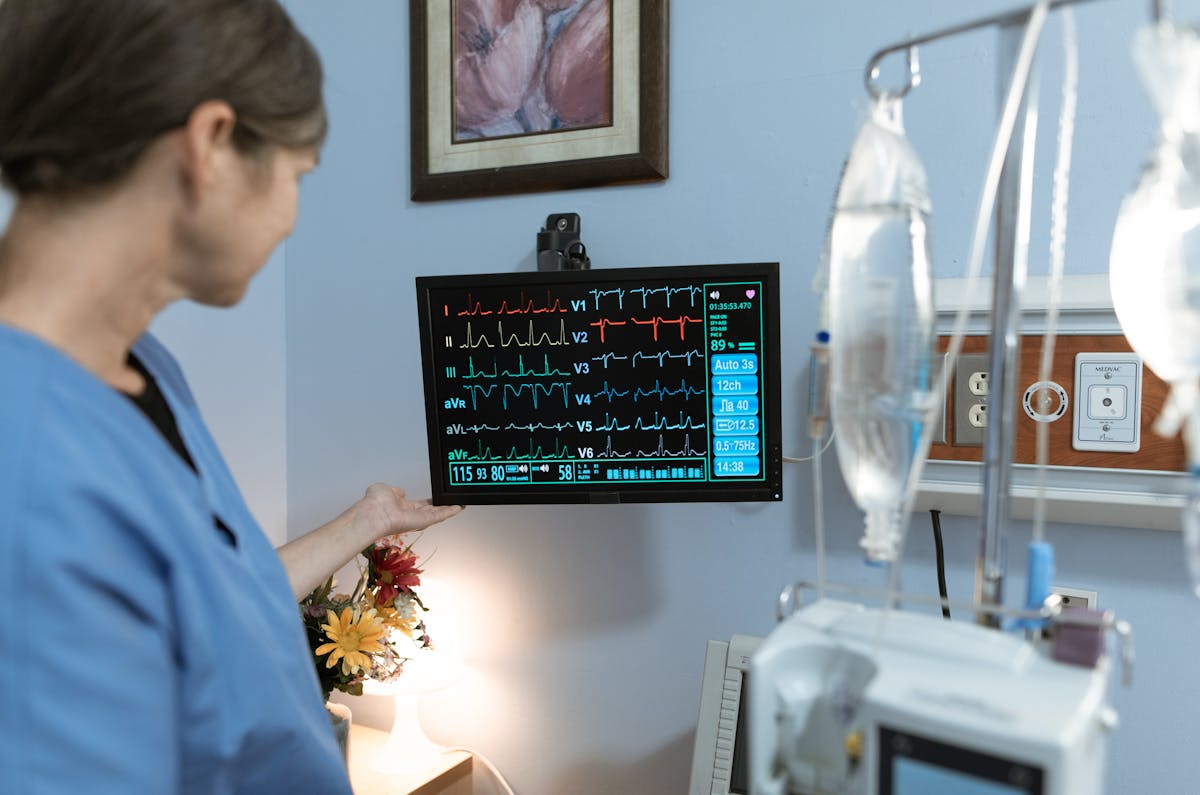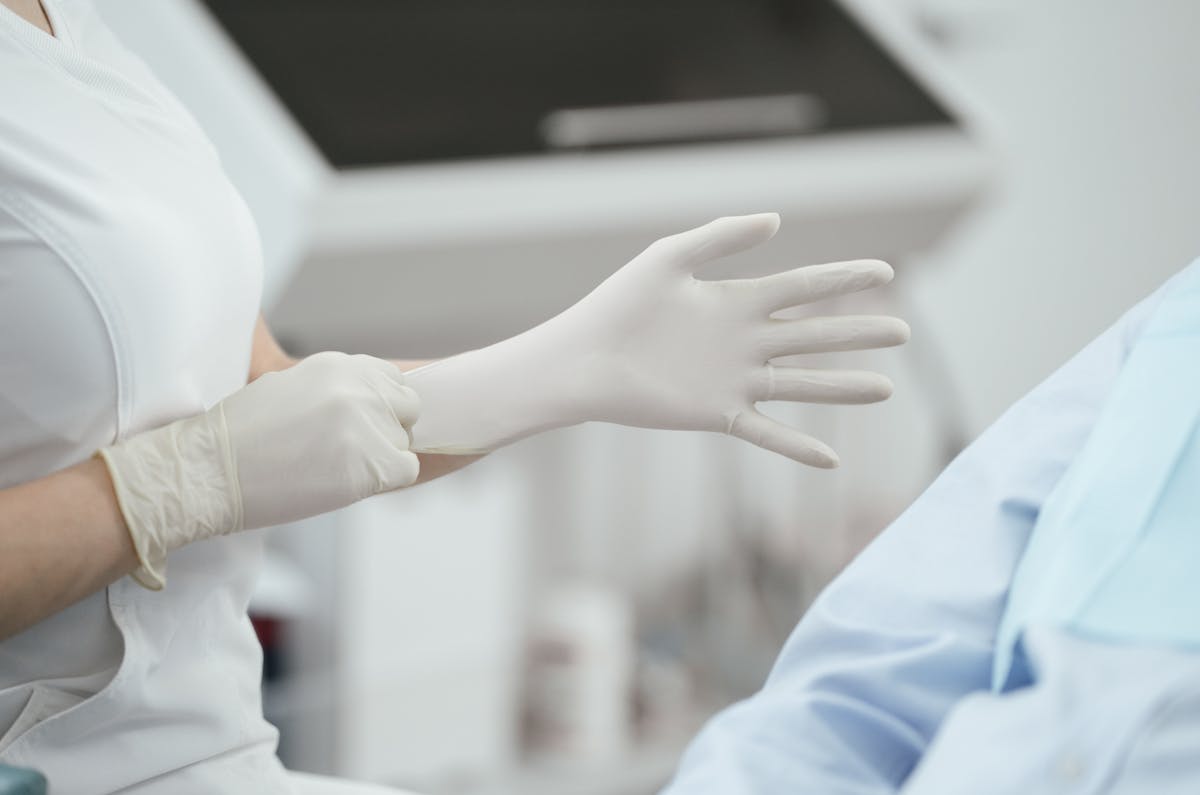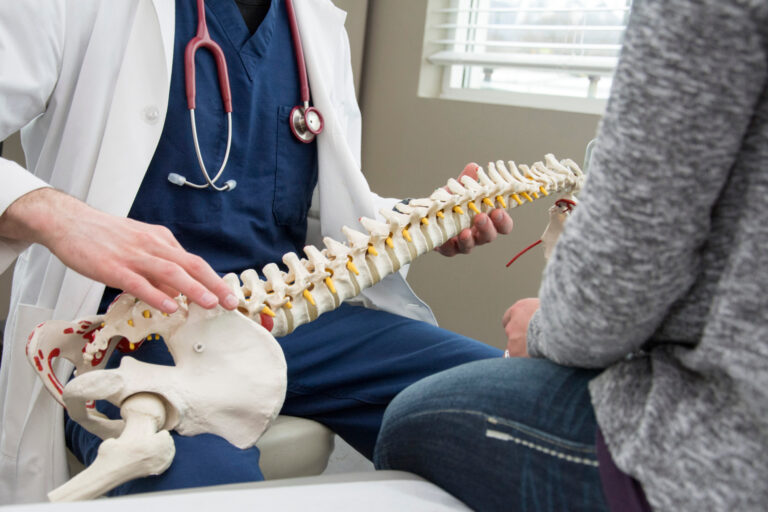How Orthopedic & Spine Specialists Use Technology to Enhance Treatment Outcomes
Orthopedic and spine specialists use advanced technology to improve patient care. They use 3D printing to make custom-fit orthopedic devices and robotics-assisted surgery to perform spine operations with greater accuracy. These technologies mean better surgery results and quicker recovery for patients.
Telemedicine allows doctors to consult with patients remotely, making care more accessible. Virtual reality is used for training, enhancing learning experiences for medical professionals. As technology advances, treatments become more personalized and effective, offering exciting possibilities for the future.
The Role of 3D Printing in Orthopedic Innovations
3D printing is transforming orthopedic care by making custom devices that perfectly fit patients’ bodies. This means that prosthetics, which are artificial limbs, are now more comfortable and work better for those who need them. Doctors start by scanning a patient’s body to create a digital model, which is then used to make the prosthetic. This personalized approach helps prevent issues like pressure sores and misalignment, which can happen with regular prosthetics. Plus, 3D printing speeds up the process by allowing quick changes based on feedback, ensuring the best possible fit and function.
Robotics in Spine Surgery: Precision and Efficiency
Robotics in spine surgery means greater precision and efficiency. These advanced systems combine pre-surgery images with real-time guidance to help surgeons perform complex tasks accurately. This technology results in better alignment and positioning of tools during surgery. By automating certain tasks, robotics reduces the chance of human error, leading to fewer complications and quicker recovery for patients. Overall, using robotics in spine surgery is a huge improvement in medical practices, ensuring better patient outcomes.
Minimally Invasive Surgical Techniques for Faster Recovery
Minimally invasive surgery in orthopedic and spine care uses advanced imaging to improve precision. Robotic-assisted tools make surgery more accurate and less harmful to nearby tissues. Laser technology speeds up healing, leading to quicker recovery times for patients.
These techniques mean less pain and a faster return to daily life. The use of robots and lasers results in smaller cuts and less damage, helping patients feel better sooner. This approach is particularly beneficial in spine and orthopedic surgery, where recovery can often be lengthy.
Advanced Imaging for Precision
Advanced imaging technology lets doctors see the body with incredible clarity, helping them diagnose and plan treatments more precisely. Tools like MRI and CT scans give detailed pictures of bones and tissues. They help doctors spot issues in the musculoskeletal system accurately. Functional imaging looks at how parts of the body work, like blood flow, helping assess tissue health. This precision means doctors can identify problems and create personalized treatment plans. Research shows that good imaging leads to better surgeries and fewer complications by precisely targeting problem areas. Overall, advanced imaging improves diagnosis accuracy and treatment success in orthopedic and spine care.
Robotic-Assisted Surgery Benefits
Robotic-assisted surgery in orthopedics and spine care means better precision and faster recovery. Using tiny incisions causes less harm to surrounding tissues, leading to less pain and shorter hospital stays. This technology gives surgeons a clearer view and more control during procedures, reducing risks like infection and blood loss. Clinical studies show these surgeries consistently lead to positive results, making them increasingly popular for improving patient recovery and treatment success.
Faster Healing With Lasers
Lasers Make Surgery Easier
Lasers make surgery simpler and faster, especially in areas like orthopedics and spine care. They allow doctors to focus on affected tissues without harming healthy ones. This is crucial in surgeries involving the spine, where protecting nearby tissues is vital. Patients having laser surgery often spend less time in the operating room and recover more quickly. Lasers also reduce pain after surgery, so patients need fewer painkillers, which can cut down on the risk of becoming dependent on opioids. Overall, using lasers in orthopedic surgery speeds up healing and helps patients get back to normal quicker. More and more surgeons are using lasers because they improve long-term recovery outcomes.
The Impact of Telemedicine on Patient Care and Access
Telemedicine is changing how orthopedic and spine care is delivered, making it easier for patients to access treatment. Doctors can now monitor patients remotely after surgery, catching problems early and improving recovery through continuous data tracking. This means patients follow their care plans more closely, leading to better results.
With telerehabilitation, patients can do their exercises at home, guided by their healthcare provider, which saves time and removes the need to travel. Studies show this method works just as well as going to the clinic, and patients tend to stay more engaged.
Advanced Imaging Technologies for Accurate Diagnosis
Advanced imaging technologies like MRI and CT scans have transformed how doctors diagnose bone and spine issues. These tools provide clear, 3D images of your body, helping doctors see details of bones, muscles, and tissues. This means they can better understand problems like broken bones or tight spaces in the spine. With this precise information, doctors can create personalized treatment plans, leading to better recovery and fewer surgery risks. New tools like digital X-rays and ultrasound also help doctors make quick and accurate decisions. These technologies allow for prompt care, improving how bone and spine problems are managed.
Artificial Intelligence in Predictive Analytics and Treatment Planning
AI is changing orthopedic and spine care by making it smarter and more personalized. Machine learning looks at large amounts of data to find patterns and predict what might happen with treatments. This helps doctors make better decisions. With AI, treatments can be customized to fit each patient, improving results and reducing complications.
AI’s ability to use past patient data and clinical details means it can predict how well a treatment will work. Studies show that AI models are more accurate than older methods, leading to better patient outcomes. They also help create personalized rehab plans, making recovery smoother.
The use of AI in orthopedic and spine care means treatments are becoming more efficient and based on solid evidence. This shift is making healthcare more effective and tailored to individual needs.

Personalized Implants and Prosthetics for Optimal Fit
Personalized Implants and Prosthetics: Optimal Fit and Function
Modern technology is revolutionizing how specialists create implants and prosthetics. Using 3D printing and computer design, doctors can make custom implants that perfectly match a patient’s body. This precise fit reduces complications and helps the implant work better with the body.
High-tech implants now come with sensors that track how well they perform and how the patient’s recovery is going. These sensors send data about pressure and movement, allowing doctors to step in quickly if needed. This innovation speeds up recovery and lowers the chances of needing further surgery, ensuring treatments meet each patient’s unique needs effectively.
Virtual Reality and Augmented Reality in Surgical Training
Virtual Reality (VR) and Augmented Reality (AR) are game-changers in surgical training. These technologies let doctors practice surgeries in a safe, simulated environment that feels like the real thing. This hands-on practice helps doctors, especially in orthopedics and spine surgery, to hone their skills and improve patient care by repeatedly working through realistic scenarios.
VR and AR offer a risk-free way to learn complex procedures, which means doctors can refine their techniques without the pressure of real-life consequences. This leads to better outcomes for patients and more confident, skilled surgeons.
Immersive Surgical Simulations
Immersive surgical simulations using virtual reality (VR) and augmented reality (AR) have revolutionized how orthopedic and spine surgeons train. These technologies create realistic environments where surgeons can practice without risk. A key feature is haptic feedback, giving them the feel of real surgery, which boosts their skills and understanding of spatial relationships. These simulations also allow for teamwork, where surgical teams can practice together, improving coordination and communication. VR and AR are essential for achieving safe and precise surgical results.
Enhanced Skill Acquisition
Virtual reality (VR) and augmented reality (AR) are changing how surgeons learn new skills. These technologies create safe, realistic environments where orthopedic and spine surgeons can practice complex operations without any risk to patients. VR and AR allow for perfect practice by simulating real surgical scenarios, which helps doctors become more skilled and make better decisions. During surgeries, AR can display real-time data, helping surgeons see better and work faster. Patients benefit too, as doctors gain confidence and skill. VR and AR also help plan post-surgery recovery, leading to better treatments and happier patients.
The Future of Regenerative Medicine in Orthopedics and Spine Care
Regenerative medicine is transforming orthopedics and spine care. Stem cell therapies show great promise in healing damaged tissues, as they can turn into bone and cartilage cells, which are crucial for repair. These therapies help with conditions like degenerative disc disease and osteoarthritis, reducing pain and improving movement.
Gene-based treatments are also advancing. CRISPR technology allows precise changes to genes, helping fix genetic problems that affect bones and muscles. As we learn more, these therapies could change how we treat orthopedic issues, offering personalized solutions that improve patient well-being.
Frequently Asked Questions
How Do Orthopedic Specialists Manage Post-Surgery Pain?
Orthopedic specialists manage post-surgery pain with medication and physical therapy. This approach helps recovery, reduces discomfort, and improves patient outcomes.
Medication: Doctors provide pain relief medications to help manage discomfort after surgery. These can include over-the-counter pain relievers or prescribed medications tailored to your specific needs.
Physical Therapy: Personalized exercises and routines designed by physical therapists aid in recovery. These programs aim to restore movement, strengthen muscles, and minimize pain.
What Are Common Risks Associated With Orthopedic Surgeries?
Orthopedic surgeries come with risks like infections and bleeding. These issues can slow down recovery, so it’s important to follow careful surgical methods and good postoperative care. This helps reduce problems and keeps patients safe.
Infections and bleeding are common concerns when it comes to orthopedic procedures. They result in longer healing times and more challenges after surgery, which is why doctors focus on precise techniques and follow-up care. By doing so, they aim to prevent complications and support quicker recovery.
How Long Is the Typical Recovery Period After Spine Surgery?
Spine surgery recovery usually takes between 3 to 12 months. The time it takes to heal depends on how complex the surgery was, your overall health, how well you follow your doctor’s care instructions, and how much you participate in physical therapy. Everyone’s recovery is unique, so your experience might be different.
After surgery, it’s important to follow your doctor’s advice, get plenty of rest, and stay active with approved exercises. This helps speed up recovery. Remember, patience is key, and taking care of yourself will play a big role in how quickly you recover.
What Lifestyle Changes Can Improve Spine Health?
To improve spine health, focus on regular exercise and a balanced diet. Daily physical activities increase flexibility and strengthen muscles, while eating nutritious foods supports strong bones. This combination helps reduce the risk of spinal issues and pain.
Keep active with simple exercises like walking, swimming, or yoga. These activities promote a healthy spine by improving posture and muscle tone.
Eat a diet rich in calcium and vitamin D, found in foods like dairy, leafy greens, and fish, to maintain bone health. By making these lifestyle changes, you can support your spine and enjoy a more comfortable life.
How Do Specialists Determine the Need for Surgery Versus Non-Surgical Treatments?
Specialists decide between surgery and non-surgical treatments by looking at your medical history and using imaging tests like X-rays or MRIs. These help them spot any issues with bones or the spine. By understanding your unique situation, they can choose the best treatment for you.
When deciding on treatment, key factors include your specific condition, how severe it is, and how you’ve responded to any past treatments. If non-surgical options like physical therapy or medication don’t help, surgery might be the next step. Your doctor will guide you through these choices, ensuring you get the care you need.



